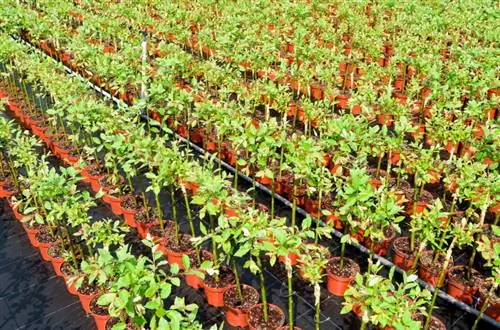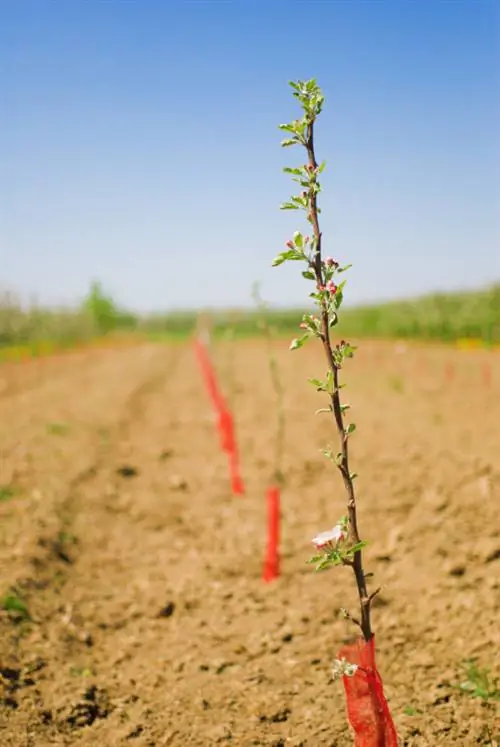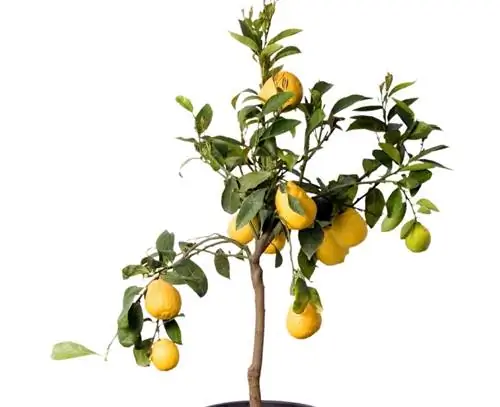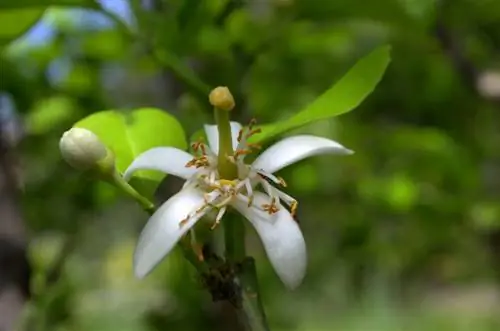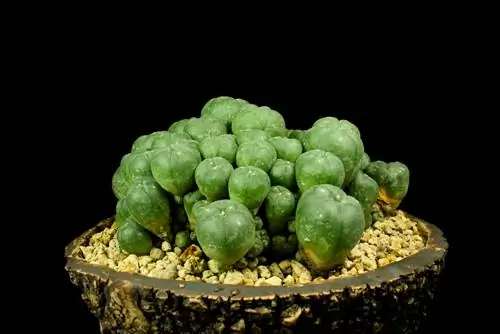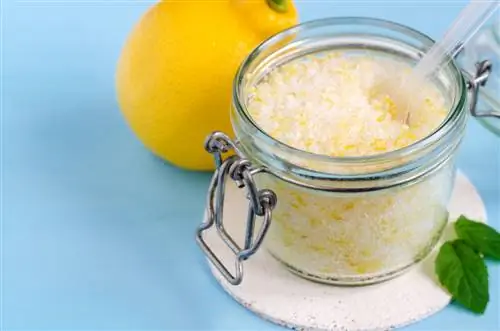- Author admin [email protected].
- Public 2023-12-16 16:46.
- Last modified 2025-01-23 11:20.
The sensitive lemon tree is more robust when placed on a grafting base as scion. Because of its frost hardiness and poor growth, the bitter lemon is by far the most suitable rootstock. With our instructions you can easily graft your seedling yourself. However, be sure to pay attention to hygiene and avoid touching the cut surfaces with your fingers.
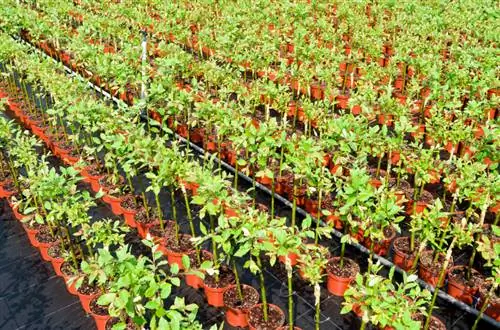
How to graft a lemon tree?
To refine a lemon tree, you need a scion of the desired variety and a grafting base, usually a bitter lemon. Both are connected in the summer so that they grow together. The process shortens the youth phase and promotes flower and fruit formation.
Why refine?
Lemons - like many other citrus plants - have a very long youth phase and, if you have grown them yourself from a seed, they will only produce flowers and fruits in eight to twelve years at the earliest. In order to get your own seedling to bloom quickly or to reproduce a favorite variety, it is best to graft it. The youth phase is then shortened by approximately half.
Requirements for refining
For finishing, you need a sharp knife, finishing rubber (€6.00 on Amazon) or raffia for wrapping and lac balm or tree resin to cover the cut. When it comes to citrus, the simplest refinement is to flatten it on the side; in this case, the grafting base and the scion do not have to be the same thickness. The prerequisite for the scion to grow is that the rootstock has a brisk metabolism, i.e. it is “in the juice”. For this reason, grafting only works in summer. In addition, the growth layers of the scion and the rootstock must lie on top of each other as closely as possible.
Instructions for refining
Before the actual refinement, you first have to prepare the scion:
- Choose a previous year's woody branch from the noble variety.
- This one should have sleeping buds.
- Remove the leaves, only the petioles remain on the branch.
- Cut the scion with a long cut from top to base.
- A small countercut is then made.
- The rice is cut above the second bud.
- The finished rice has about one or two buds.
Now the base is prepared:
- Cut a straight, long area on the trunk or a side branch.
- This should be about five centimeters long.
- The scion rice will be planted here later.
- Remove the leaves.
- Make a cut that is as similar as possible to the scion in the exposed area of the base.
- The tongue of the pad should fit exactly into the counter-cut on the rice.
Now you can put the individual parts together. Wrap them well with raffia or rubber band and cover all interfaces airtight with Lac Balsam or tree resin. Normally the individual parts grow together within two to three weeks.
Tips & Tricks
To make your own grafting materials, you can collect bitter lemon seeds in the botanical gardens (ask a gardener!). Immediately remove the seeds from the fallen fruits and sow them.

